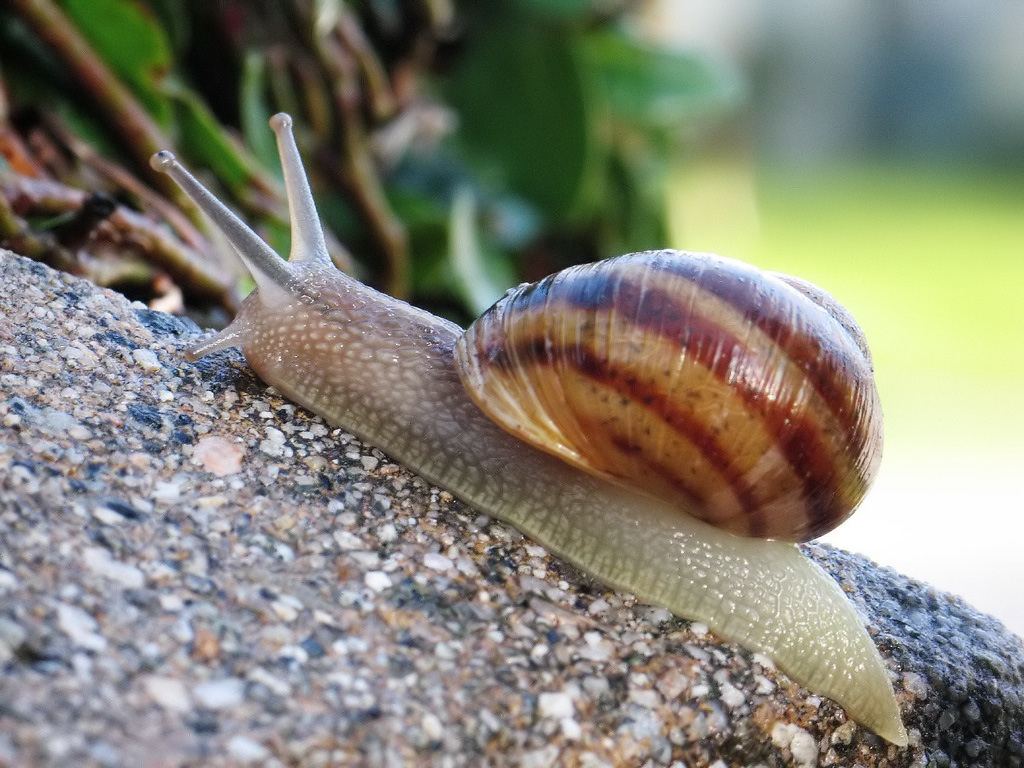"Oh no. He died! Oh no, oh no! The caterpillar died!"
On Friday, we found a horned caterpillar much like this one near the garden.
It was about an inch and half long and about the width of a thumb. The interesting thing about it was how reactive it was to stimuli. At the gentlest touch, it flipped onto its back and right side up in a flash. After a quick reminder of using gentle hands when handling living creatures, the kids had a BLAST exploring it up close with magnifying glasses.
Can you guess what story we read at circle time that day?
Well...after we were finished observing the caterpillar, I put him in the glass aquarium that we are currently using to grow corn. I tossed in a couple of leaves from the tree we found him in, a branch (just in case it wanted to build a cocoon over the weekend), watered the plants, and forgot about it until Tuesday morning.
(We didn't have school on Monday in honor of Memorial Day).
Um.
Needless to say...the poor thing didn't make it to Tuesday. Simon discovered the dead caterpillar buried half way into the soil (it must have dug a hole over the weekend). I pulled it out, and realized that it was dead.
At first, they asked me. "How did he die?" I posed the question back to them. "What do you think? How do you think it died?"The comments from the children were...well...see for yourself!
Not a single child answered, "I don't know." They really took the time to think about it. They got out the magnifying glasses to see if it was injured. They turned it around and upside down, discussed it in length with each other, and I frantically scribbled their responses onto index cards.
As they hypothesized, I posed more open-ended questions:
"Maybe he got died because he scratched himself." -Diego
"How do you think he scratched himself?" -Me
We spent the rest of our free time investigating, hypothesizing, observing, and discussing. Who knew that a dead caterpillar could be such an enriching experience?
What do you do when a class pet dies? Investigate! Hypothesize. Discuss. Hypothesize some more. And please....don't forget to write down what the kids say!
Happy playing!

.jpg)
.jpg)
























































